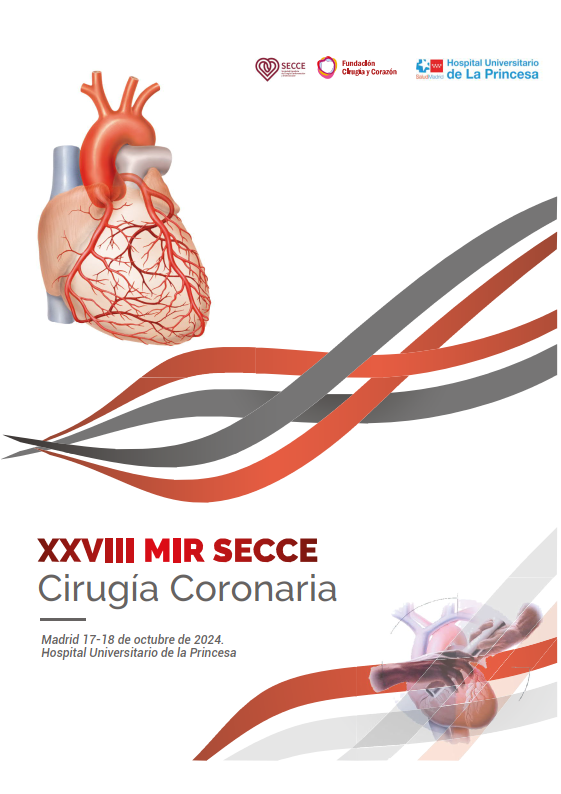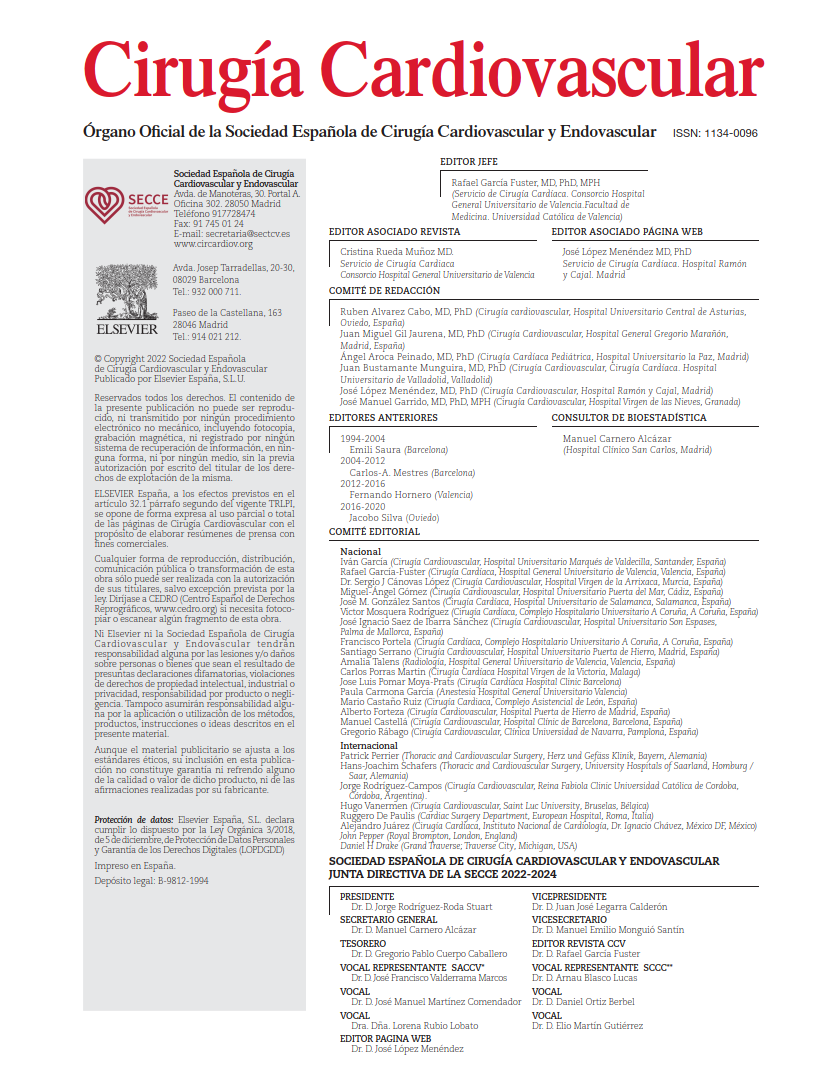Repair or replace? Over the past decades, the prevailing approach in mitral valve (MV) surgery has increasingly favored repair, driven by growing confidence in techniques such as artificial neochordae implantation. However, late failures have raised new questions regarding the underlying causes and optimal surgical strategies for reintervention.
Mitral valve repair using expanded polytetrafluoroethylene (ePTFE) neochords and annuloplasty has become the preferred strategy for degenerative mitral regurgitation (MR), particularly for anterior leaflet prolapse. This approach aims to preserve native valve anatomy, minimize surgical risks, and improve long-term durability. Nonetheless, repair failure remains a significant concern, with reintervention rates ranging from 1% to 4% per year. While repair durability is generally favorable, failures may still occur due to technical shortcomings, disease progression, or infective endocarditis.
This study retrospectively reviewed 344 patients who underwent isolated MV repair using PTFE neochords and annuloplasty at the German Heart Center in Munich between 2003 and 2010. Mean follow-up was nearly 10 years. The analysis of failure mechanisms focused on the 38 cases (11%) requiring reoperation, excluding those with concomitant cardiac procedures. Reintervention causes were categorized into three groups: disease progression, technical failure, and endocarditis. Additionally, the surgical approach at reintervention (redo repair or replacement) and early postoperative outcomes were documented.
During a mean follow-up of 6.8 years after the index operation, the most frequent indication for reoperation among the 38 patients analyzed was progression of degenerative mitral disease, accounting for 39.5% of cases. Technical failure was responsible for 36.8%, including errors in neochordal length estimation, neochordal rupture, annuloplasty ring or band dehiscence, and systolic anterior motion. Infective endocarditis was identified in 18.4% of cases.
Regarding the type of reintervention, mitral valve replacement (MVR) was necessary in 63.2% of patients, while redo MV repair was successfully achieved in 28.9%. Only one case (2.6%) was managed using a transcatheter edge-to-edge repair approach. Notably, a second repair was significantly more likely in cases of technical failure (p = .041), whereas MVR was preferred in patients with advanced sclerosis or structural valve damage (p = .034).
Early postoperative complications were infrequent. The 30-day mortality rate was 2.6%, occurring exclusively among patients who underwent valve replacement. During late follow-up, a small number of patients presented recurrent MR requiring further surgical intervention.
In summary, the findings of this study demonstrate that although mitral repair using artificial neochords is generally effective, a subset of patients may experience repair failure necessitating reintervention. The underlying mechanism of failure strongly influences the subsequent surgical strategy. Thus, team expertise and accurate identification of the failure mechanism are essential in guiding the choice between redo repair and valve replacement.
COMMENTARY:
This study offers valuable insight into the long-term outcomes of a widely adopted surgical technique. The key takeaway is that, despite the increasing popularity of mitral repair using artificial chordae, these procedures are not immune to failure. Understanding the underlying mechanism is essential when planning the reintervention strategy.
It is striking that nearly 40% of failures were due to the natural progression of disease—an unavoidable process, yet one that can often be anticipated during the index procedure. This underscores the importance of comprehensive preoperative evaluation of the subvalvular apparatus and the extent of leaflet prolapse to avoid leaving residual lesions that may evolve over time.
Technical failure, accounting for 37% of cases, illustrates that even in high-volume centers, repair failure remains a relevant issue. Neochordal rupture, inaccurate length estimation, and annuloplasty ring dehiscence are the main culprits. This reinforces the need for meticulous intraoperative technique and systematic use of transesophageal echocardiography to verify repair success. On a positive note, most patients experiencing technical failure were candidates for redo repair, whereas disease progression or endocarditis more often necessitated replacement. This supports the notion that when failure results from a defined technical issue, re-repair remains a safe and viable option.
The use of ePTFE chordae has transformed mitral repair, but their mechanical durability is not absolute. In this series, neochordal rupture or dislodgment represented a notable proportion of technical failures. These findings invite a reassessment of anchoring techniques and the potential development of alternative or reinforced materials. PTFE is an inert, non-inflammatory, non-degradable, and inextensible material, capable of withstanding mechanical stress. Failures typically occur at anchoring points—either at the papillary muscle or leaflet—where tensile forces are concentrated. Various anchoring methods exist, some relying on Teflon pledgets in single or multiple passes. More robust anchoring often increases the risk of myocardial ischemia at the insertion site. At the leaflet margin, anchoring loops are usually secured using additional PTFE sutures, avoiding polypropylene, which has been shown to shear the loop over time.
Being a retrospective study, several inherent limitations must be acknowledged. Patients with recurrent MR (either asymptomatic or significant) who were not reoperated are not represented, and some reinterventions were performed at other centers. Nonetheless, the consistency of follow-up and the systematic nature of the analysis strengthen the reliability of the conclusions. Future research comparing outcomes with and without the use of neochordae could help determine whether the technique itself influences the failure pattern.
Ultimately, repair is not always definitive—but it remains the preferred initial strategy. High-quality repair is an art refined through experience, though even the most skilled hands cannot always prevent late failure. The key lies in selecting the appropriate patient, executing a flawless technique, and having a clear plan for what to do if failure occurs.
REFERENCES:
Lang M, Feirer N, Voss B, Geirsson A, Amabile A, Krane M, et al. Mechanisms of Repair Failure After Mitral Valve Repair Using Chordal Replacement. Ann Thorac Surg. 2025 Feb;119(2):362-369. doi: 10.1016/j.athoracsur.2024.10.029.
David TE. Replacement of Chordae Tendineae With Expanded Polytetrafluoroethylene Sutures. Ann Thorac Surg. 2025 Feb;119(2):259-262. doi: 10.1016/j.athoracsur.2024.12.001.



